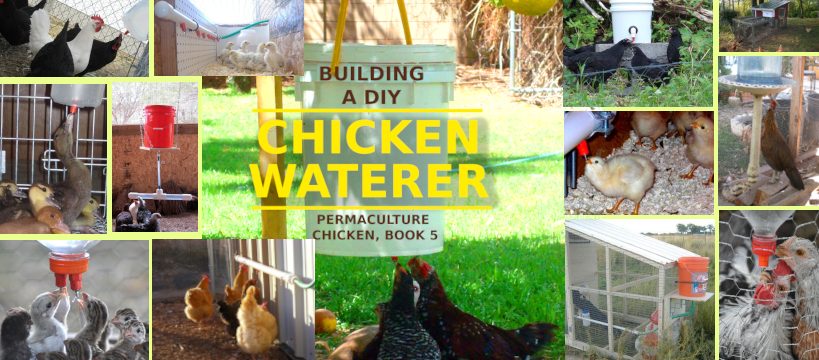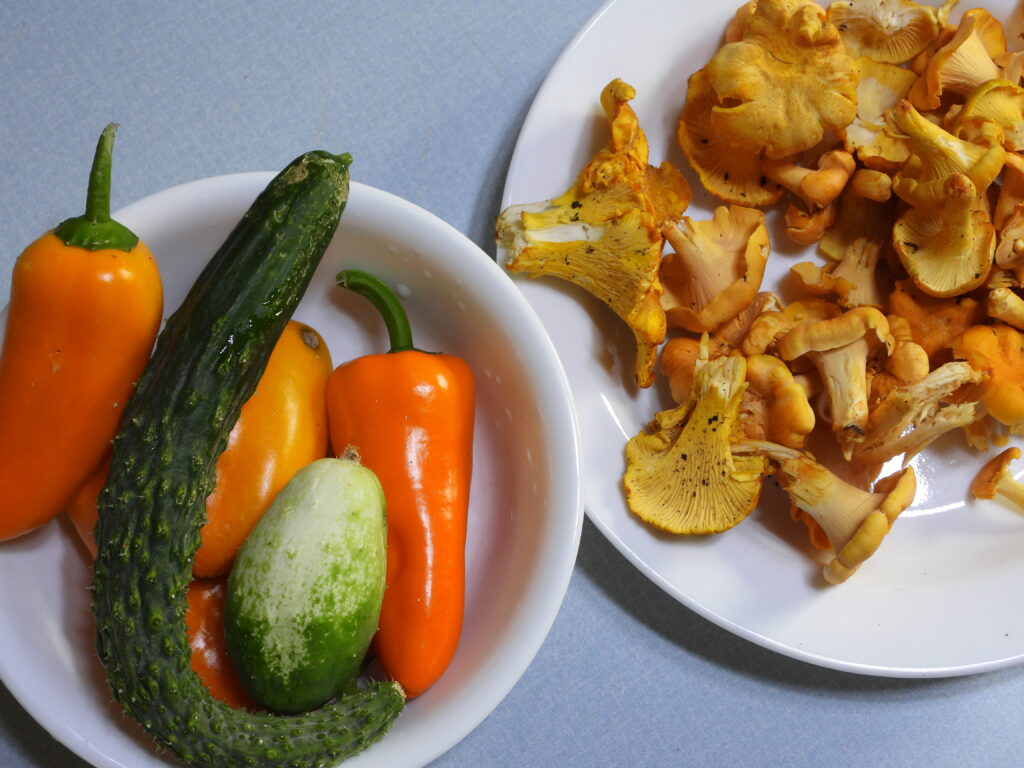
It’s harvest season! Mostly, this post is just pretty pictures I couldn’t resist snapping while bringing goodies in out of the garden and woods. But here are a few tips to add redeeming value:
- Go ahead and start those peppers early! Last year, our lunchbox peppers (started inside two months before our frost-free date) had only given us a bit of color before the fall frosts nipped them. So this year, I moved things back another three weeks. Sure enough, we’re already harvesting our first orange peppers in the middle of July. Success!
- Assertively fling the dirt out of mushrooms. I thought it was really clever to outsource cleaning wild-harvested mushrooms to Mark, but since you all can’t do the same I asked him for his secret. He told me he assertively flings dirty chanterelles into a white bowl. Most dirt flecks will pop off (and be easy to see against the white). Then he scrapes any remaining dirt off with a knife.
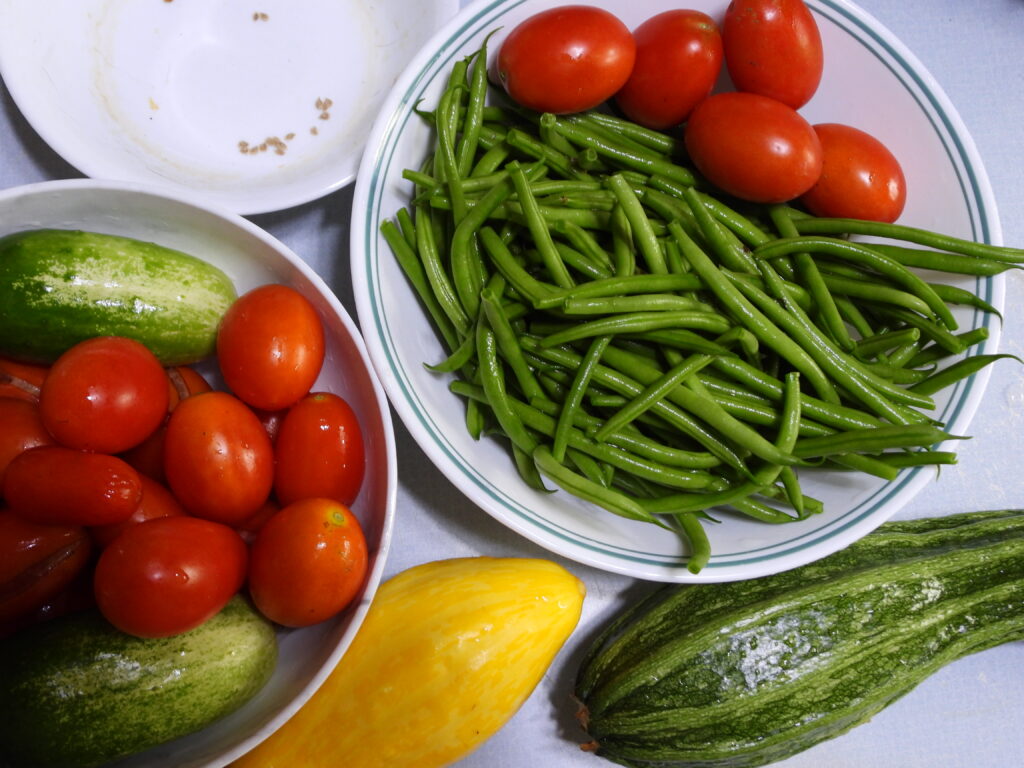
- Save tomato seeds while making sauce, soup, or juice. Do you have enough tomatoes that you’re starting to cook them up? Set aside an extra minute to save seeds from your favorite varieties in the process.
- Freeze a bit at a time as you cook dinner. Another thing that’s easy to put off is food preservation. But if you just steam a handful of extra beans every night then sock them away in the freezer, they add up fast!
How’s your garden and pantry growing?
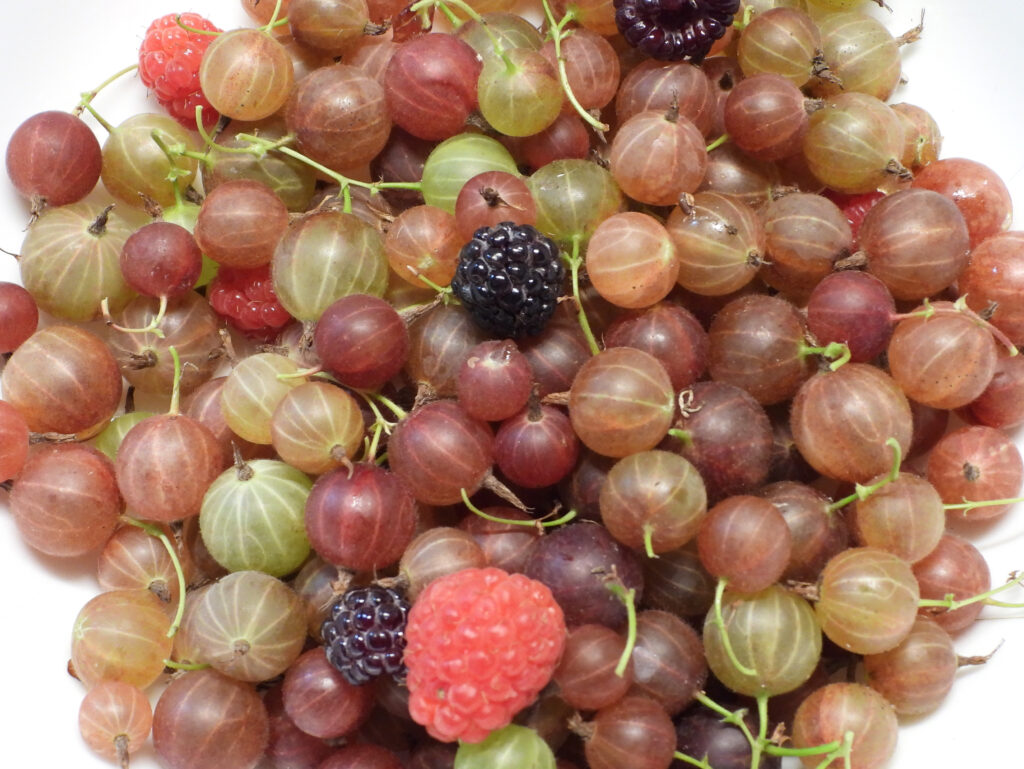
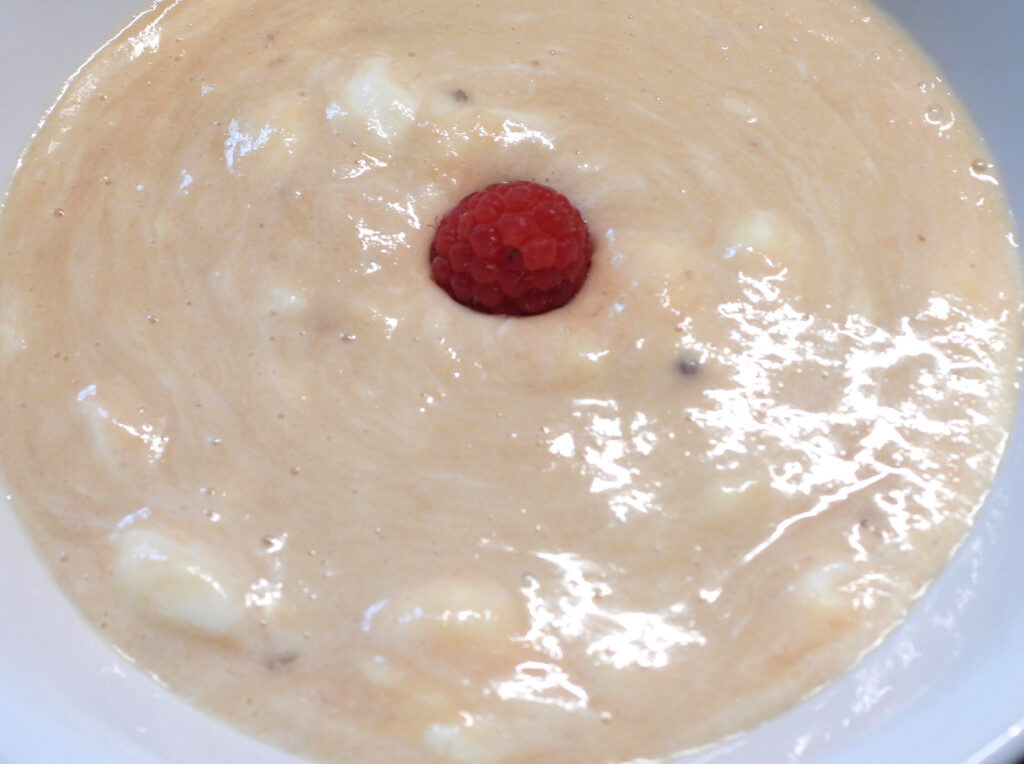
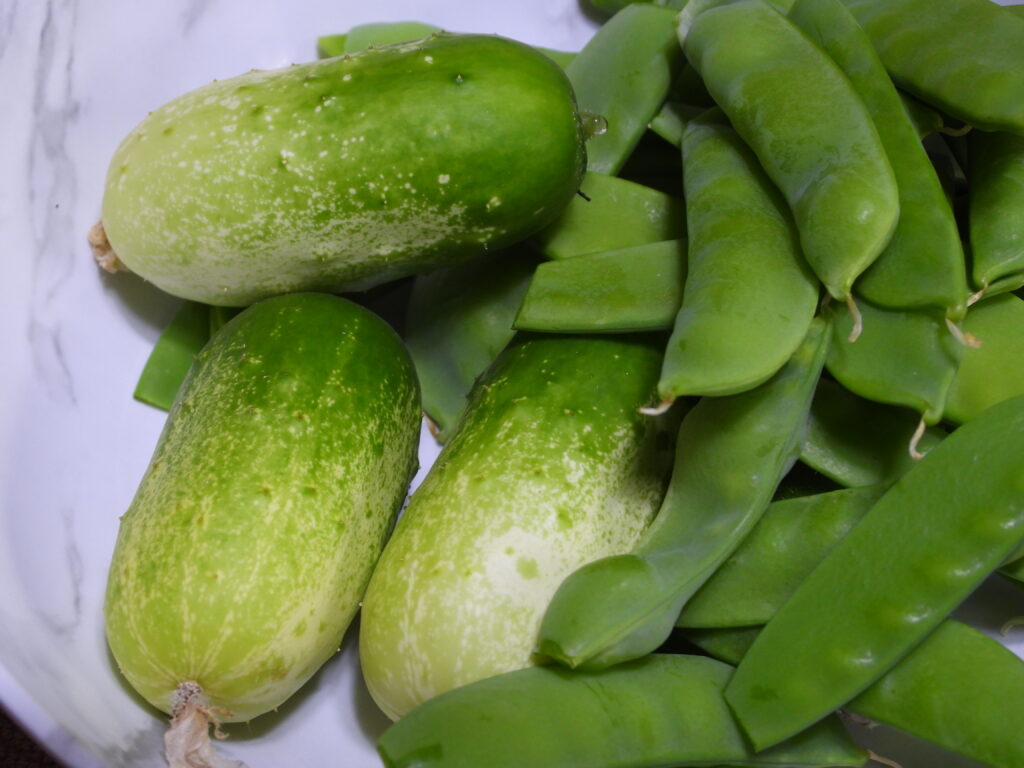
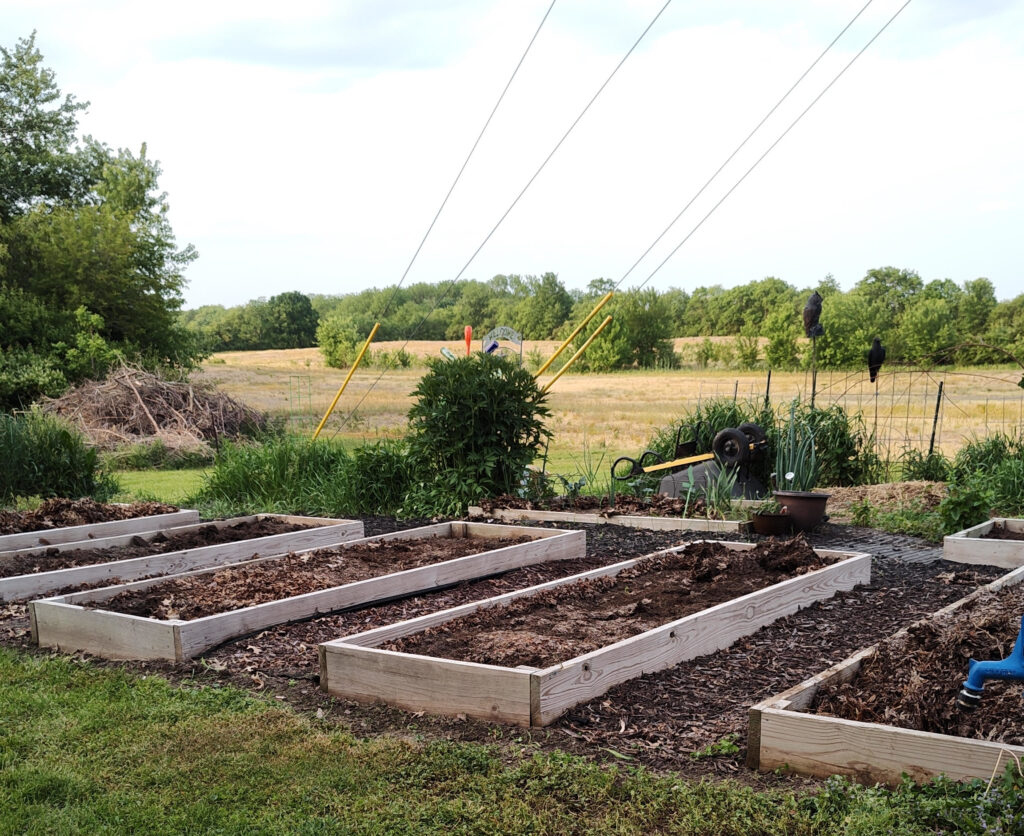
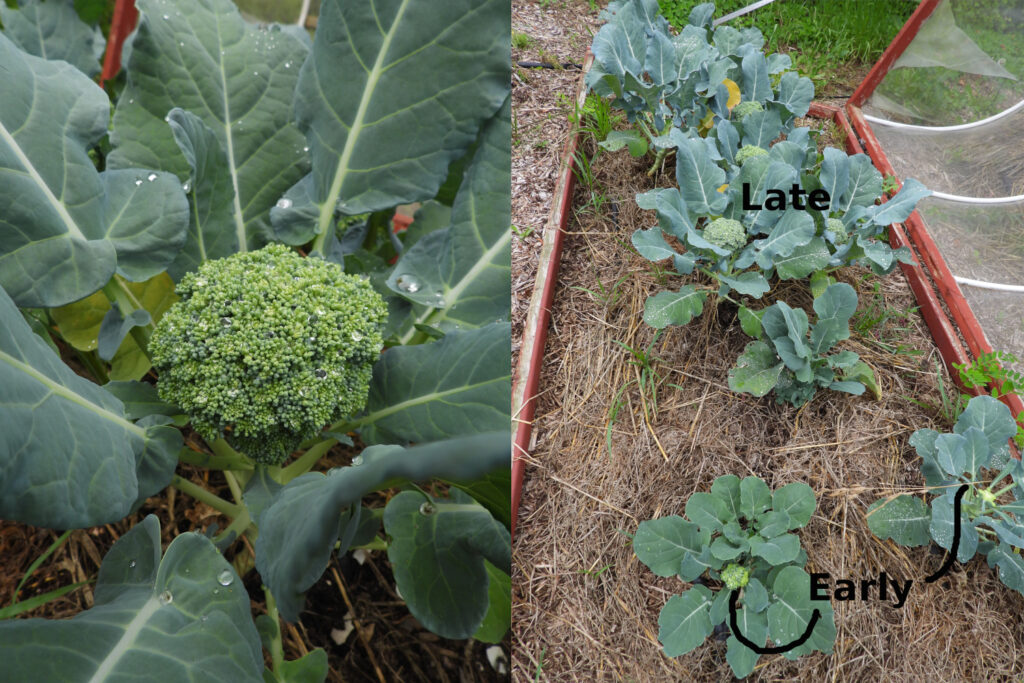
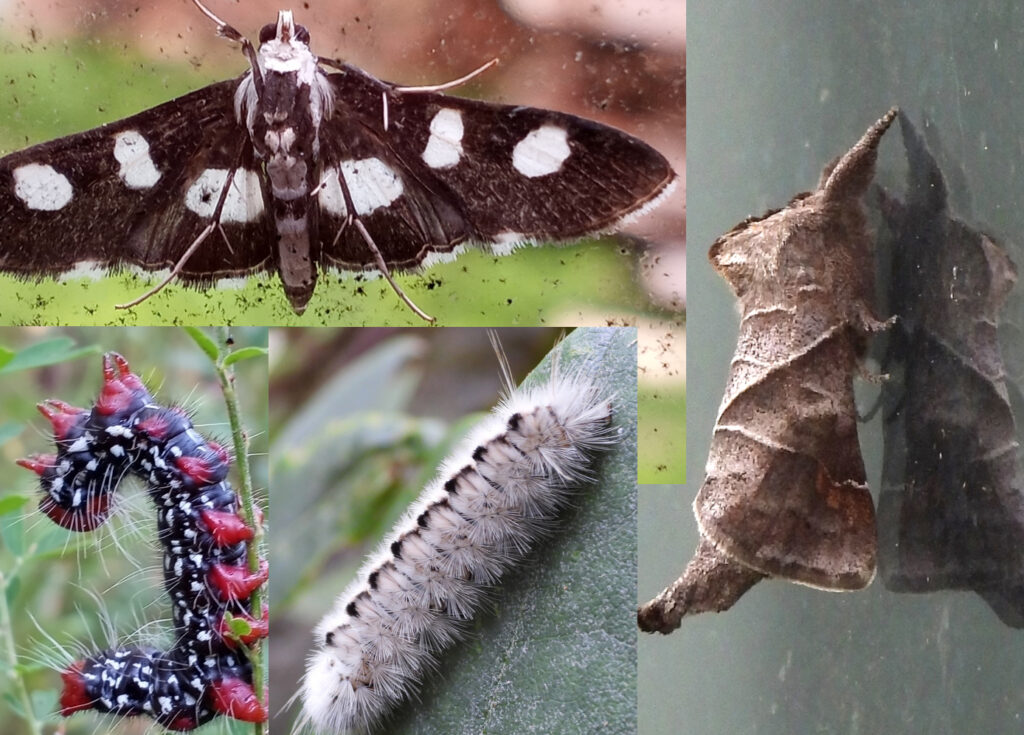

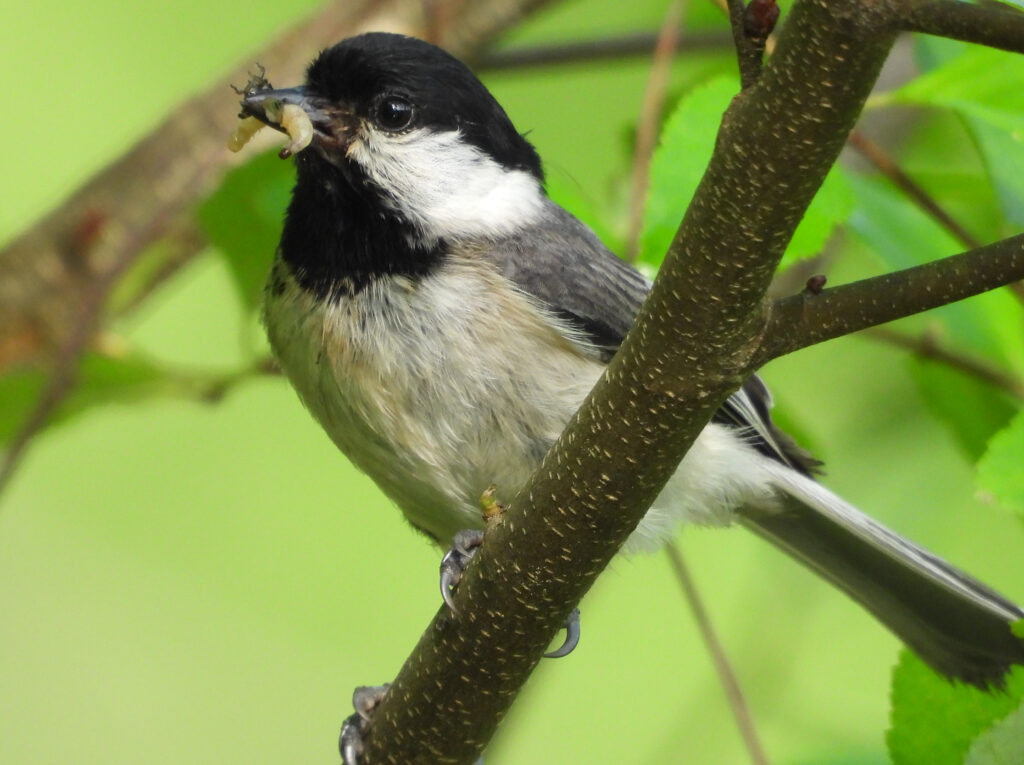
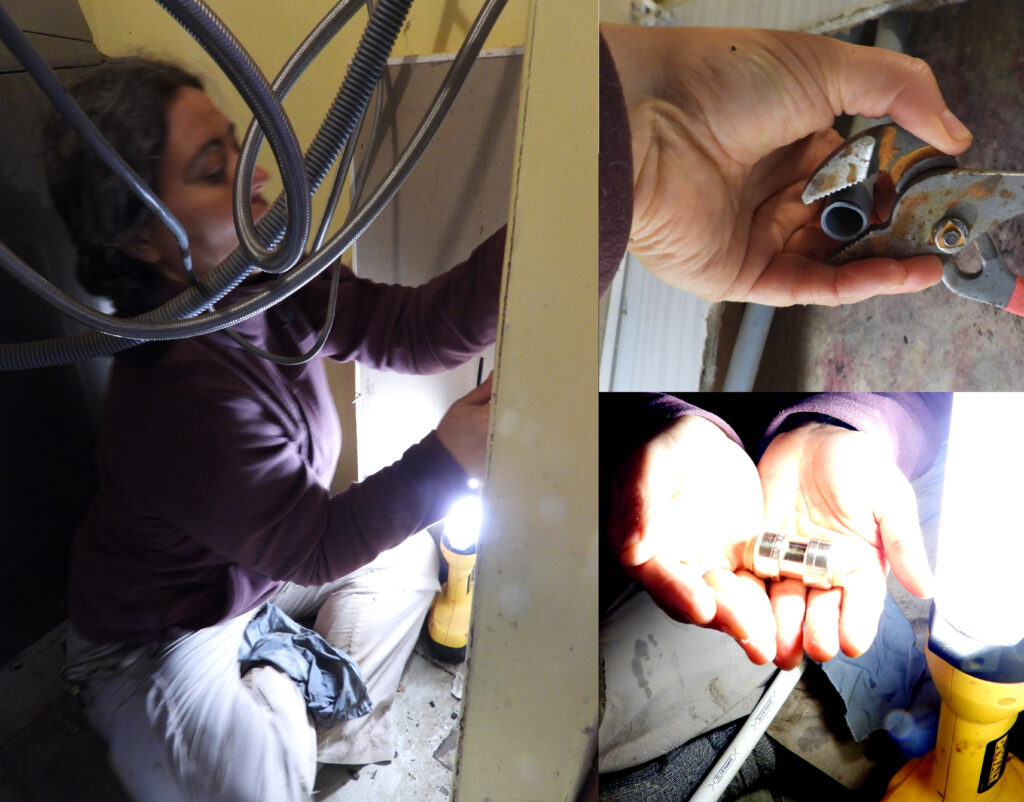
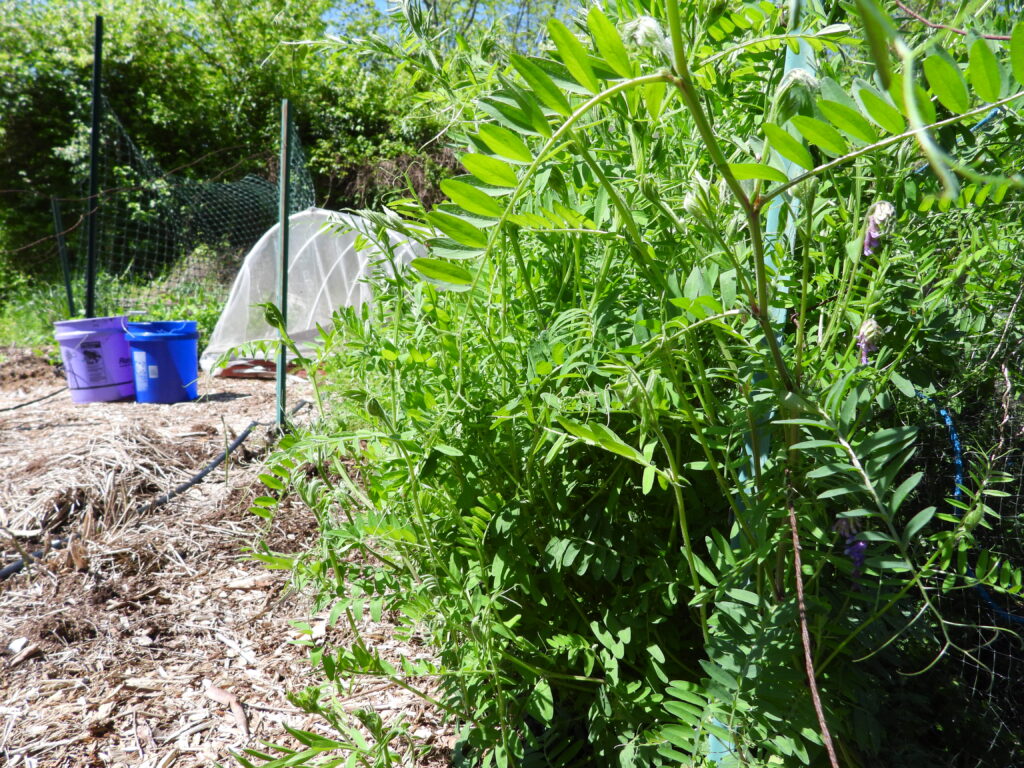
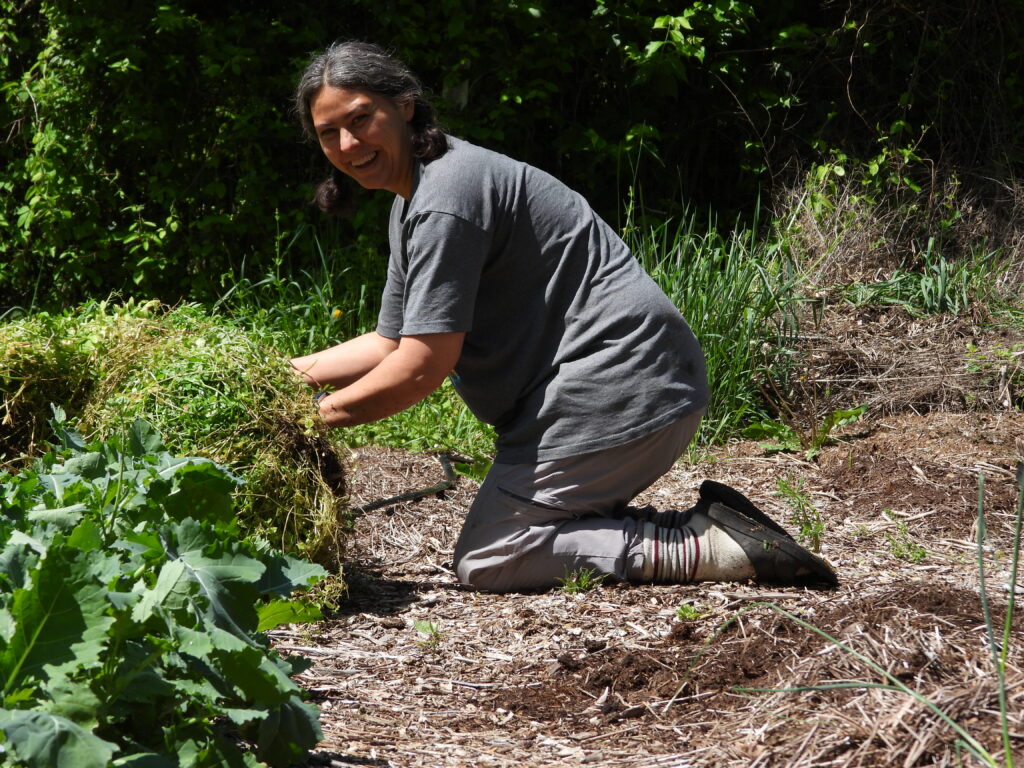
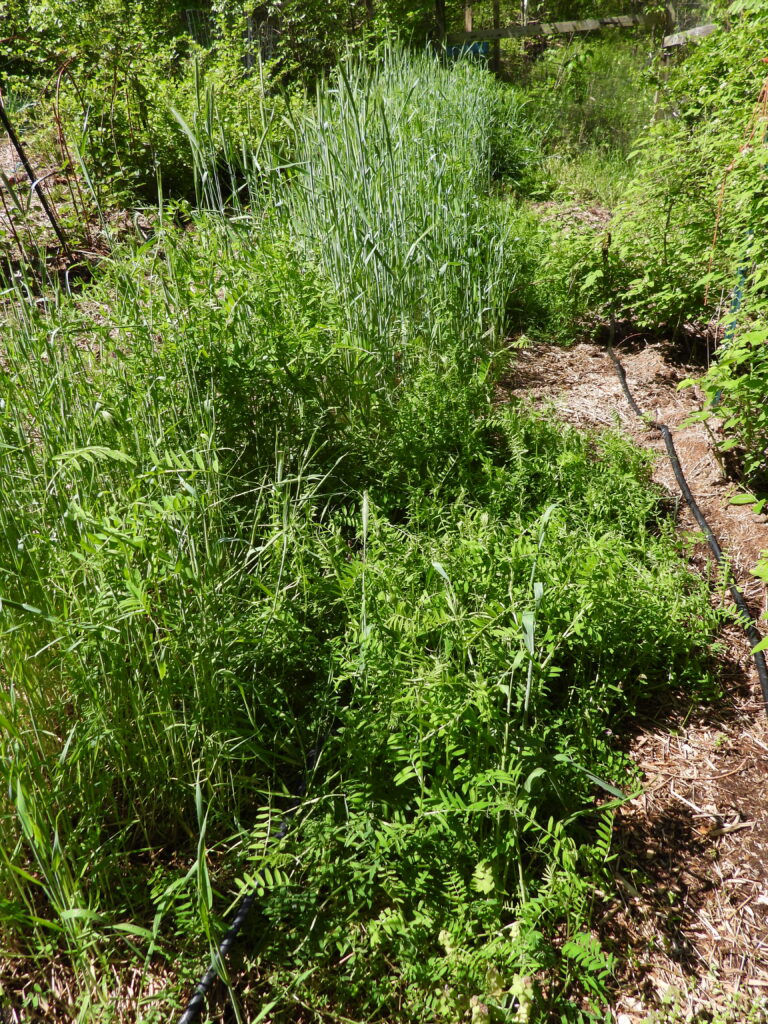
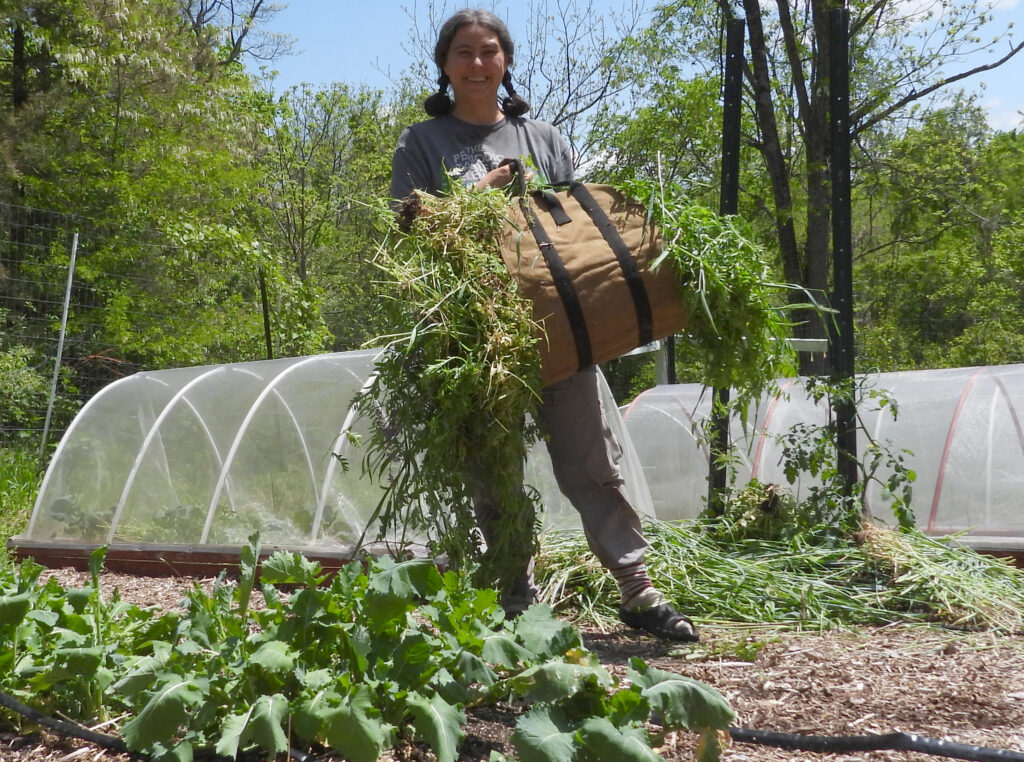
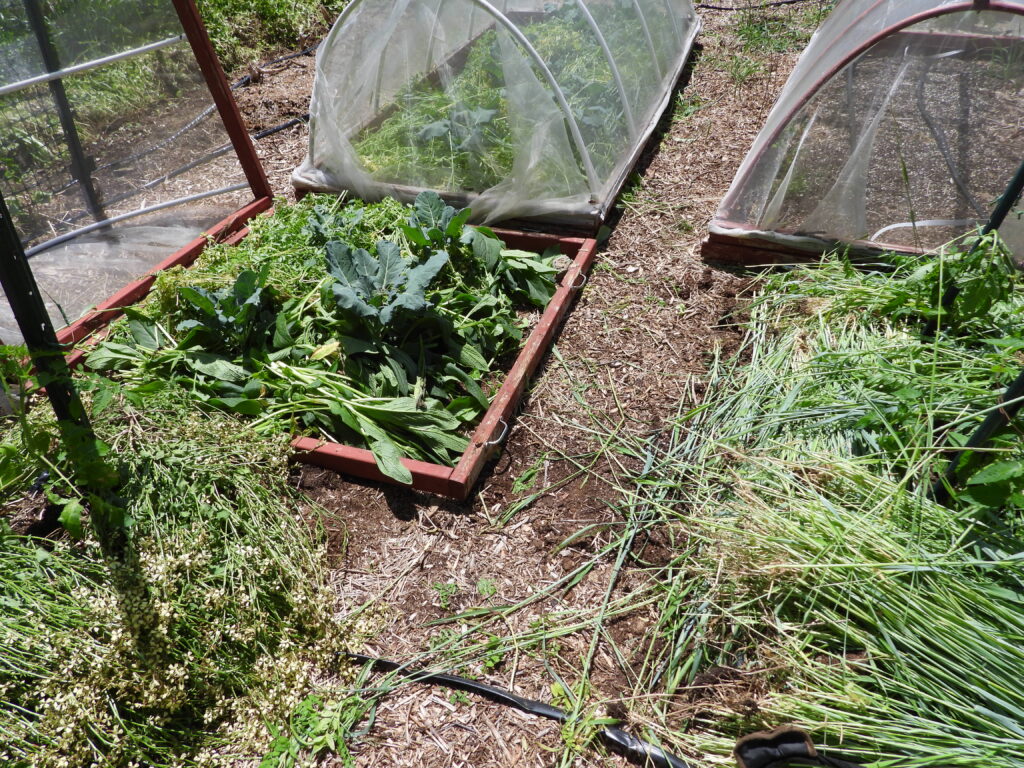
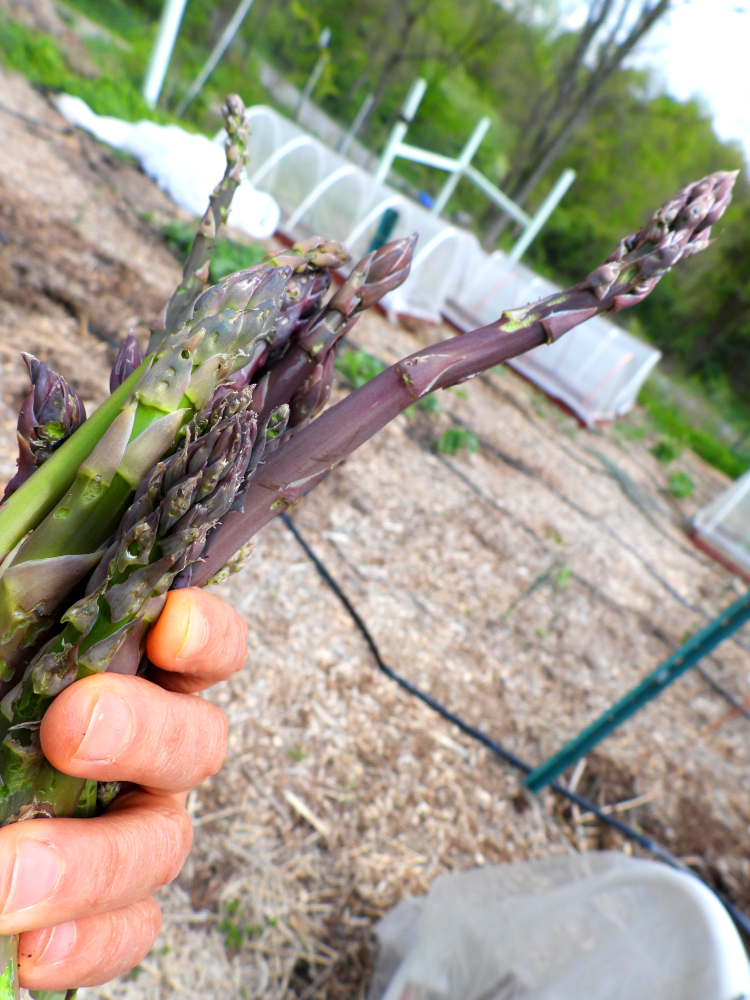

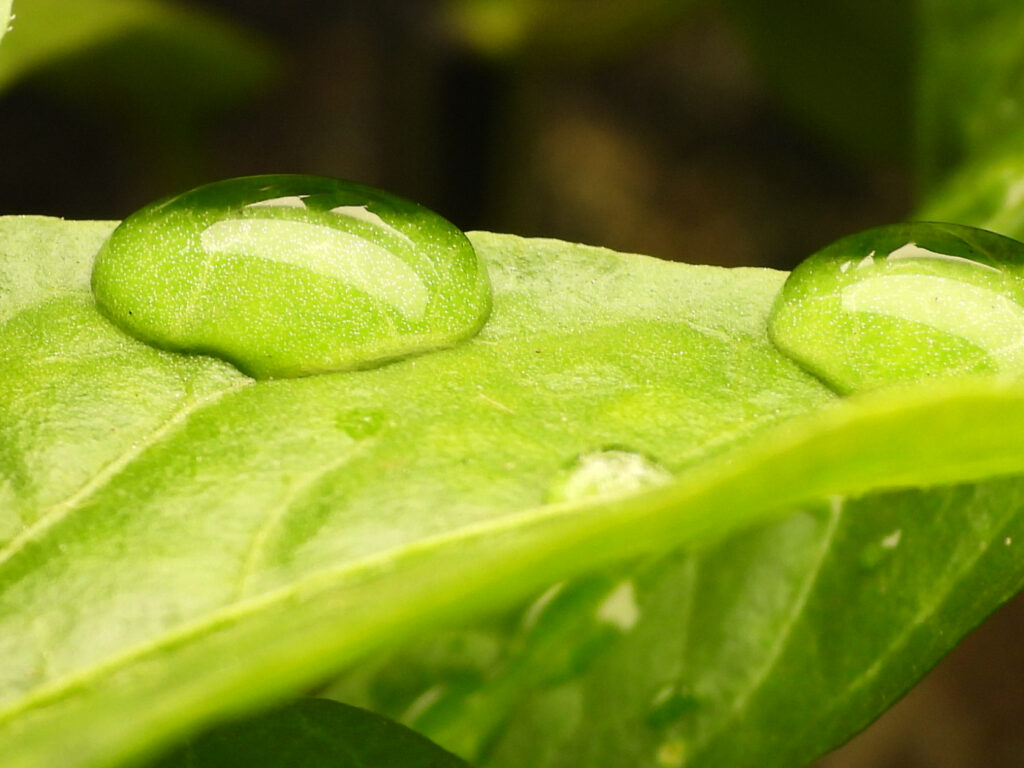
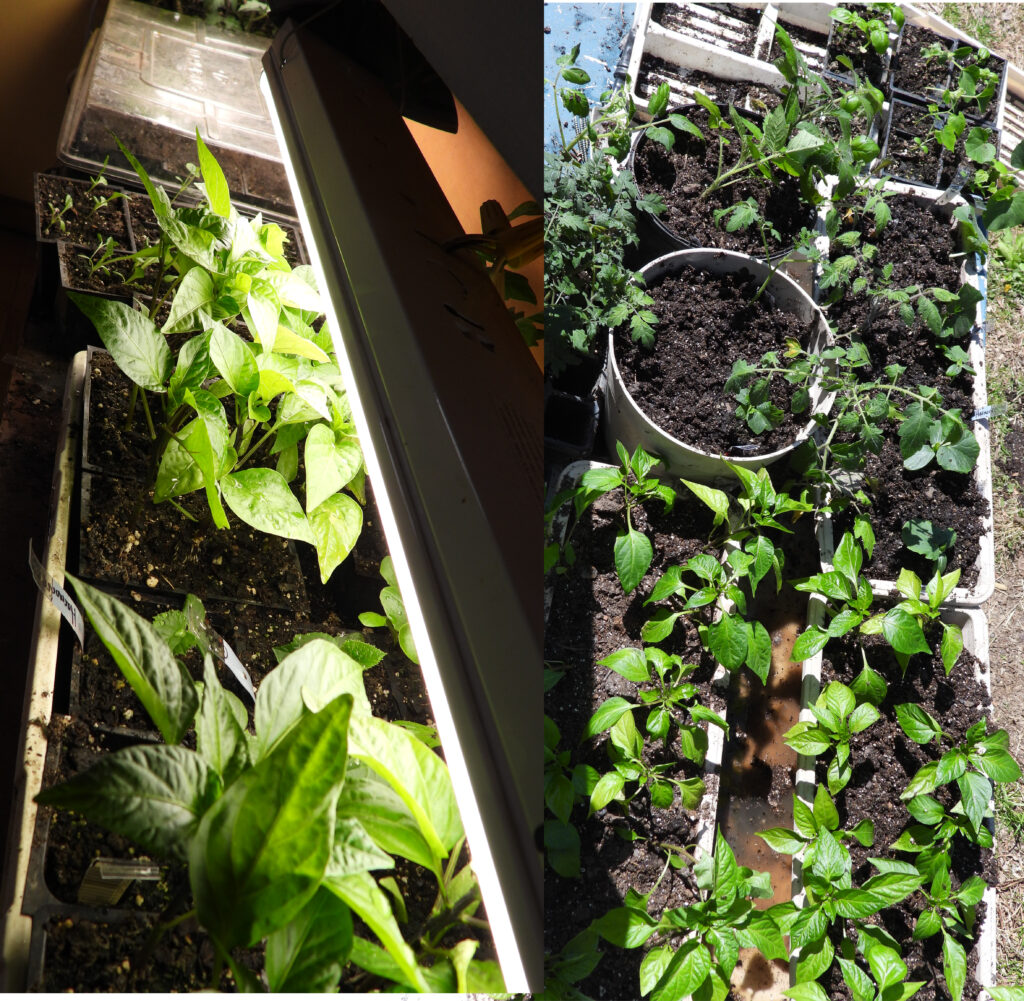
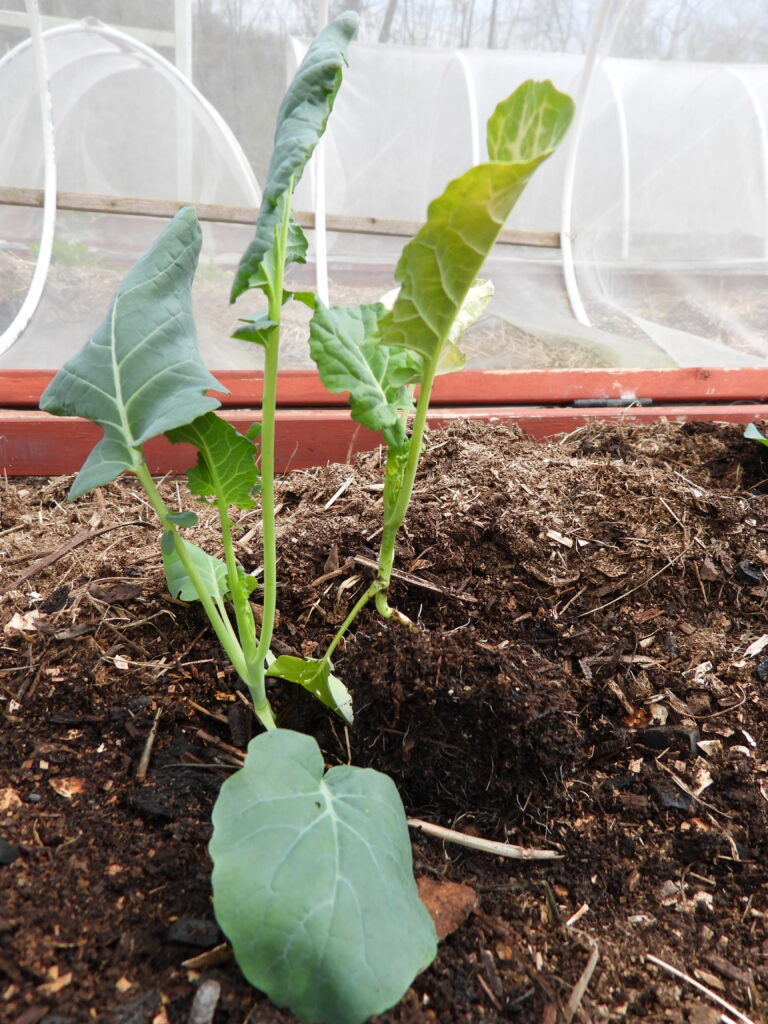
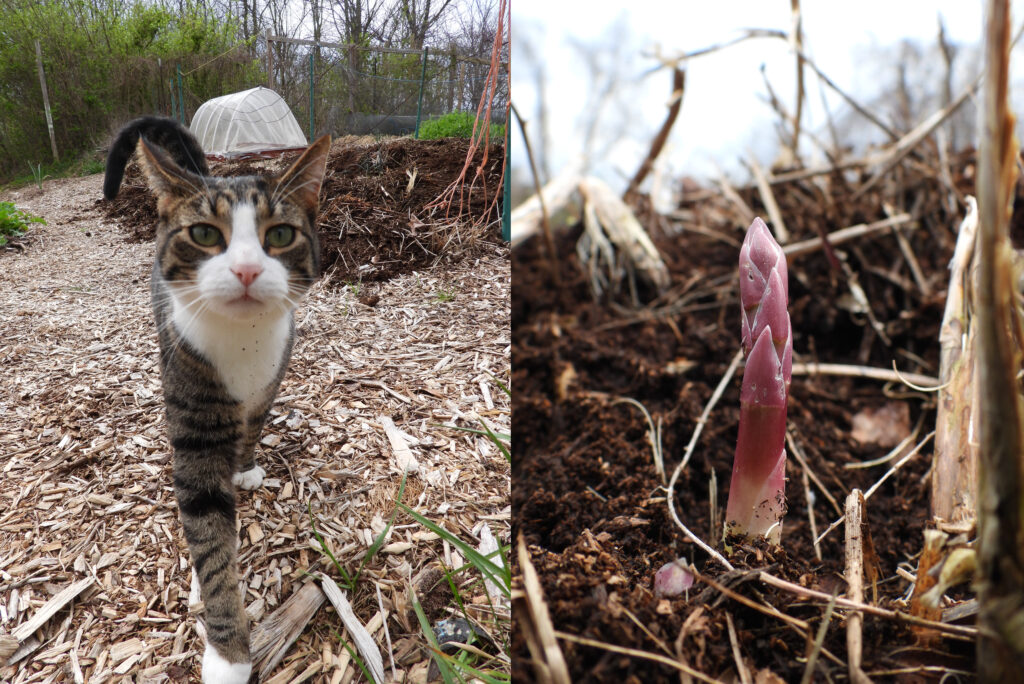
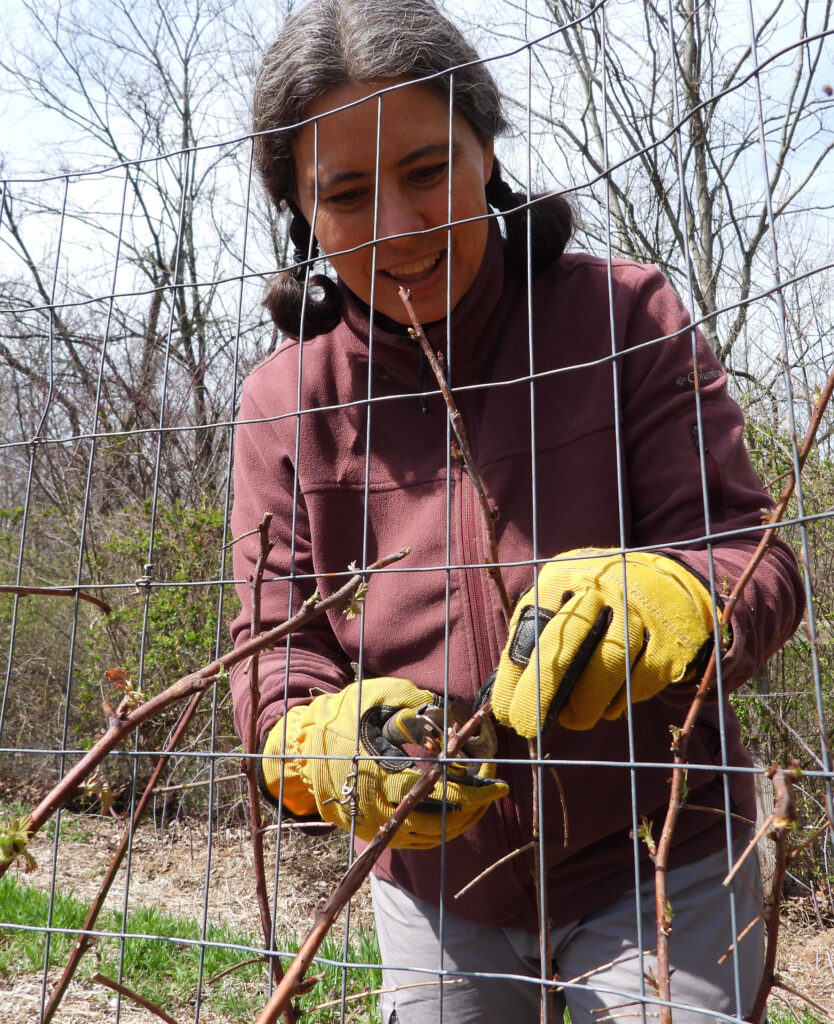

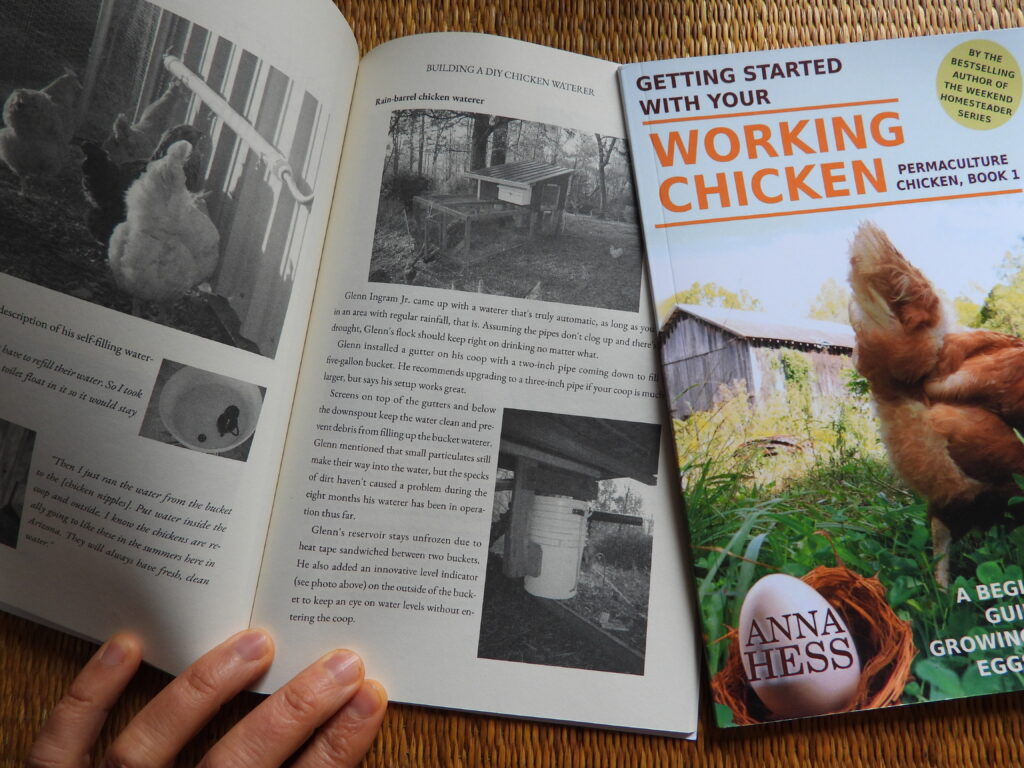
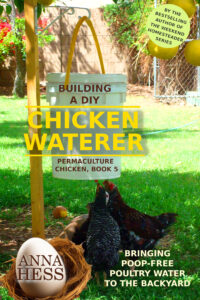
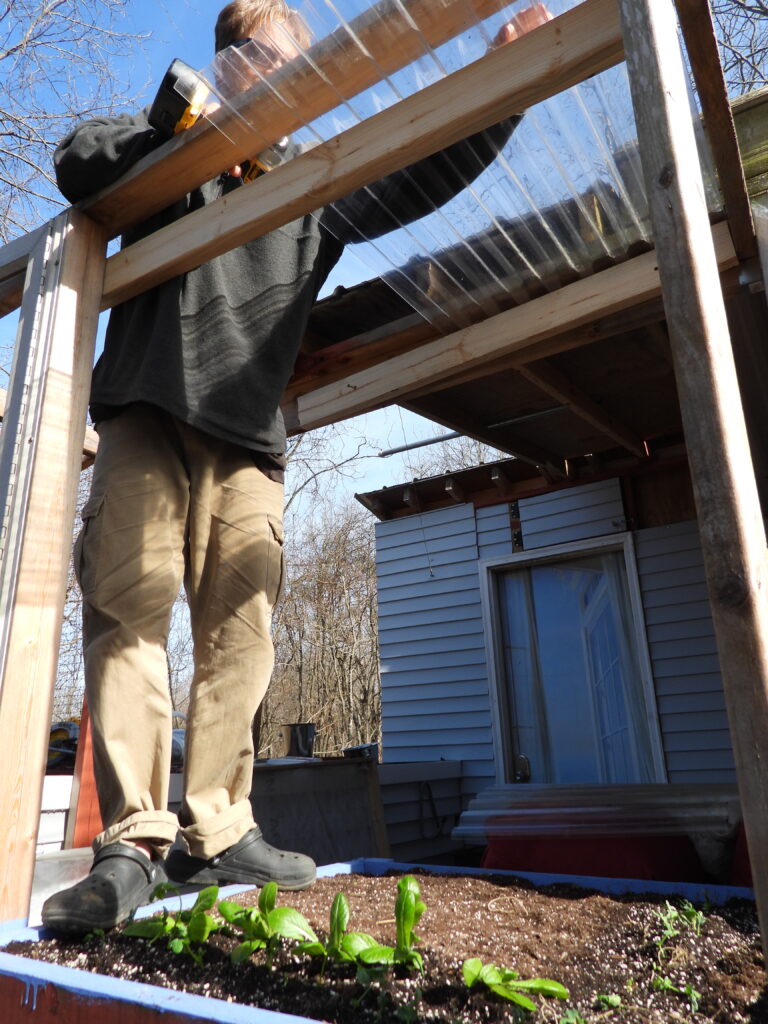 Meanwhile, we’ve been hard at work coming up with a new ebook in the Permaculture Chicken series.
Meanwhile, we’ve been hard at work coming up with a new ebook in the Permaculture Chicken series. 